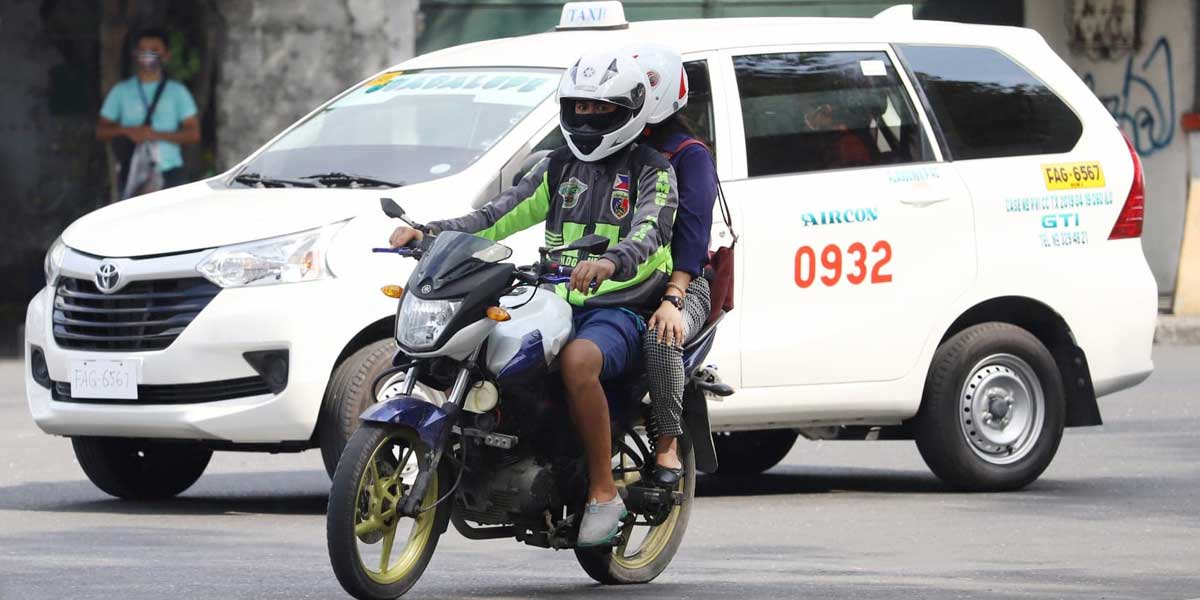
By Jennifer P. Rendon
Unsolved murder incidents perpetrated by motorcycle-riding suspects (MRS) have grown in number in the past years.
Apparently, police investigators have cited the wearing of crash helmets as the reason why they had a hard time identifying perpetrators.
With the case of a 19-year-old lad from Leganes who was killed by a motorcycle-riding gunman in Jaro, Iloilo City, the Iloilo City Police Office (ICPO) has again come up with a proposal, albeit not a novel one, to possibly curb crimes perpetrated by MRS.
Colonel Uldarico Garbanzos, Iloilo City police chief, said they are looking at helmet tagging as one way to solve incidents perpetrated by suspects onboard motorcycles.
He said it’s just a proposal that the ICPO would present to Iloilo City Councilor Carlos “Jojo” Javellana, chairman of the Committee on Peace and Order.
By helmet tagging, the ICPO said it would assign a certain number to a rider that would be placed on his crash helmet.
The ICPO would keep a database of the assigned number to the rider.
Garbanzos said they had a hard time identifying suspects based on body built alone.
“And the court said it should be a positive identification when we file charges. That’s why, we couldn’t base the identification on body built, the color of the clothes, or the motorcycle used,” he said.
The pandemic even made it harder because riders are also wearing face masks as part of health protocols.
“But then again, it’s just a proposal. The Iloilo City Council has the final say on that,” he said.
Apart from helmet tagging, the ICPO has also come up with a proposal to do facial recognition for riders who would enter the metropolis.
Under the plan, they would pass through a “toll gate” where their image would be captured by the closed-circuit television (CCTV) camera.
Their faces would be recognized along with the tagged number on their helmet, Garbanzos said.
But again, it’s also just a proposal that would depend on the appreciation of the lawmakers.
When needed, Garbanzos said he is ready to defend such scheme before the right forum.
RIDER IDENTIFICATION
Several years ago, the Police Regional Office 6 (PRO-6) had also proposed the prohibition on the use of full-face helmets and would rather opt for an open-face helmets or half-helmet or those referred to as the old “brain buckets,” especially for those driving motorcycles with engine displacement lower than 150cc.
Such proposal cropped up following a series of murder incidents perpetrated by riding-in-tandem gunmen.
Also called as skull caps, the half-helmet will not conceal the face of the riders, the PRO-6 said.
But the proposal on helmet tagging had been presented since 2011 by then PRO-6 director Cipriano Querol as part of their anti-criminality efforts.
By helmet tagging, authorities would label the crash helmets used by motorcycle drivers and back riders.
PRO-6 also planned to ask the Iloilo City Council to pass an ordinance requiring all motorcycle riders to also put their plate number in front of their crash helmets.
The plate number will be reflectorized for easy identification.
If the plan will push through, the city police chief that it would make sure that they deploy personnel to conduct checkpoint operations in strategic areas of the metropolis.
























